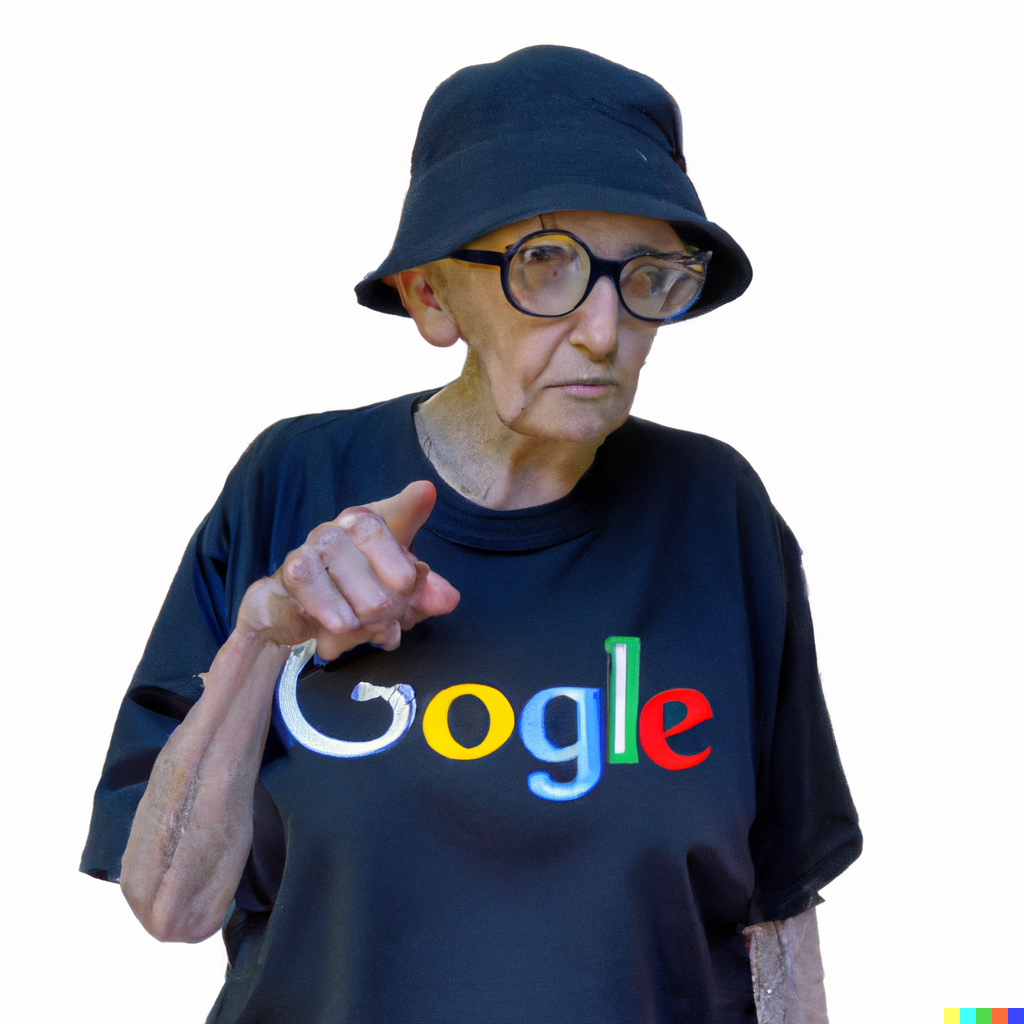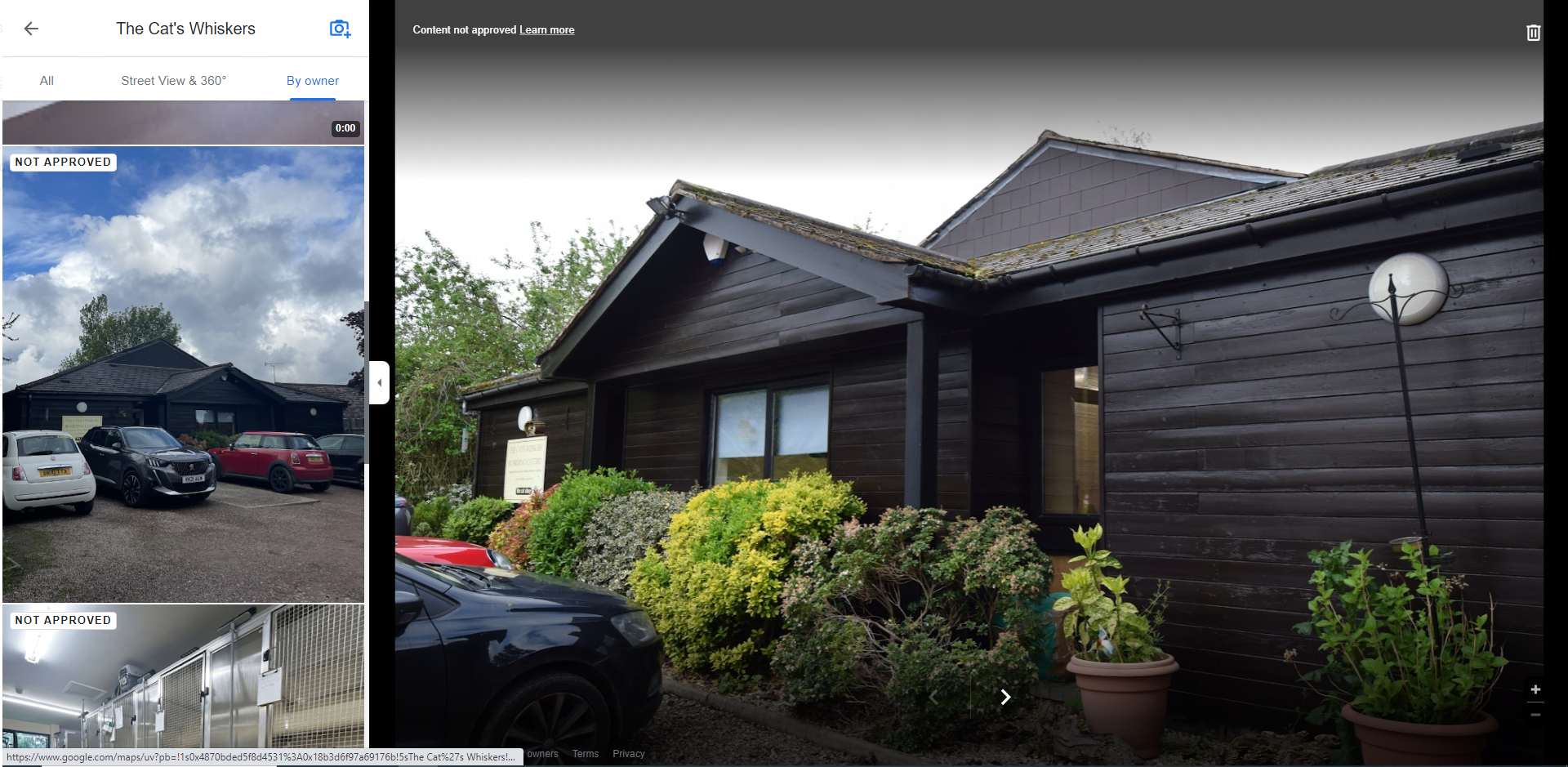Bug or Feature: Google Business Profile 'Image Not Approved'
Google's rejection of images is a black box that often can't be penetrated. Zen-like patience is required. Maps can also be a workaround.

- It’s often unclear why images are rejected; it could be for one of several reasons -- or it might be a bug
- To reduce the risk of non-approval, make sure your images follow Google’s guidelines and use Google’s Cloud Vision tool
- Sometimes waiting 48 hours will magically clear things up or skip GBP and post via Google Maps
Update 8/8/23: Google has finally added a form that allows you to appeal the "Not Approved" status of photos and videos. You should still read on to understand the many reasons for rejection.
The "Image Not Approved" bug seems to have returned once again. This bug has appeared, been fixed and reappeared a number of times over the past year. But as David Mihm frequently says, "You never know with Google if it is a feature or a bug" – or both, I would add.

Exactly how do you know if it has bitten you?
It is difficult to diagnose the bug as Google uses the “image not approved” language for a range of conditions that might lead to your image being rejected "for cause." They range from technical parameters like size to image characteristics, aesthetic judgments and safe search search compliance.
To understand whether your images have fallen prey to the "bug" you need to understand the growing list of image criteria and whether yours complies with them. Other than technical requirements, enforcement is left to Google's image AI assessment. And before you assume "bug" you need to make sure that you are not running afoul of the ever present machine.
As Sherlock Holmes famously noted, When you have eliminated the impossible, whatever remains, however improbable, must be the truth. Unfortunately all too often that is the case with Google – and it is the case here.
If you don't want to read all of the minutiae and parameters of this discussion that's Ok; you can just jump to the answer.
Trust Requirements
When a listing profile at Google is brand new or recently restored from a suspension, there appears to be a waiting period before any activity is allowed on the listing. In the case of images, during the first week to 10 day, images are pegged as Not approved. If the images are left untouched and the requisite time has passed, the images will be approved.
Technical Requirements
As a baseline to avoid the dreaded message, the images should adhere to the technical standards noted on the GBP support pages.
- Format: JPG or PNG.
- Size: Between 10 KB and 5 MB.
- Recommended resolution: 720 px tall, 720 px wide.
- Minimum resolution: 250 px tall, 250 px wide.
Note on the above: It seems that there is no longer any practical upper limit on either the pixel dimensions of an image or the size of the uploaded image. I have successfully uploaded images with 10,000 pixels on the wide axis and that are over 10 MB in size.
The images seem to be stored at their original pixel dimensions in the dashboard. The largest on-Google display size of any image that I have seen is ~1500 x 1100 pixels so while it might "future proof" your images if they are larger, there is currently no reason to upload images larger than about 1500 pixels on the long axis. Don't tempt the gods. Video limits likely differ.

Stylistic Requirements
There are two stated guidelines. The first is in the GBP support files:
- Quality: The photo should be in focus and well lit, and have no significant alterations or excessive use of filters. In other words, the image should represent reality.
More detail and nuance is available via the Maps user-generated content policy page for photo and video criteria:
- Stylistic adjustments (such as applied filters) are acceptable, provided that these stylistic changes are minimal and are not appended elements such as borders, text, collaged images, etc.
- Content that makes it difficult for others to understand the environment you're sharing may be rejected.
- Examples are excessively dark or blurry images, significantly rotated compositions, and use of filters that dramatically alter the representation of the place.
- Images must be of a sufficient resolution. Exact requirements may vary by photo type and point of upload. Blurry, out of focus or generally low quality photos/videos may be taken down or rejected.
While these criteria seem subjective, they are as objective as an AI/ML program can get. In the forums we have seen repeated cases of images that don't meet this standard get rejected. Things like book covers (too much text) and dance hall scenes (too dark) are frequent casualties.

Safe Search Rules
I affectionately refer to Google's AI-driven safe search image analysis as the image "nanny bot." It automatically rejects images for even a whiff of sexuality or off-color drift. The rules used as the basis can be seen on prohibited and restricted content page of the Maps user-generated content policy. Things like mature content, obscenity & profanity, adult-themed content and violence & gore will trigger the filter.

But what does that look like in reality? Google seems to have established the world's most restrictive norms as thresholds for "Not Approved." The AI functions with all of the prudishness of a 1950's grandmother from Iowa. It is hard to overstate how easy it is to trigger this filter.


How will you know that you've violated safe search norms? You need to check your images by dragging and dropping them into Google's Cloud Vision Try It tool and clicking on the safe search tab.
Violation or Bug?
Ok, that was the long way to figuring out if you have been hit with the bug where your image was rejected because of the bug or for cause. If your photo violates any of the following criteria, your photo won't show on Google:
- Listing is less than 2 weeks old
- Photo includes url or email
- Has more than 10% text along an edge
- Has been highly stylized
- Is blurry/dark
- Image includes “too much skin"
- Otherwise doesn’t pass muster with AI-based safe search
In order to appear, the violation needs to be fixed or in the case of a new listing, time must pass. But if none of the above applies and you still see a Not Approved stamp, you are officially experiencing the dreaded "Image Not Approved" bug. Once again, whatever remains, however improbable, must be the truth.

What You Can Do
You can take one of two approaches to getting through this GBP time waster:
- Take two beers and come back in a few days. The problem tends to disappear and the images often get automatically approved within 48 hours.
- Skip the GBP interface and post via the user interface on Google Maps*
It would also appear that the GBP photo pipeline (upload/check against safe search/ check against other rules/approve) is very fragile, or at least much more fragile than the consumer focused Maps image upload pipeline. My hypothesis is that the bug appears when some part of the pipeline is not available. The "not approved message" is applied by default in the case of system failure. It then apparently disappears when the system catches up with itself.
Maybe it is a bug and a feature.
*These rules equally apply to images when uploaded with reviews.
*If you run a spa, woman's clothing store, modeling agency or gym and you frequently have your images rejected by Google the Google Maps workaround seems to avoid both the too restrictive filters and the bug. A double win.
